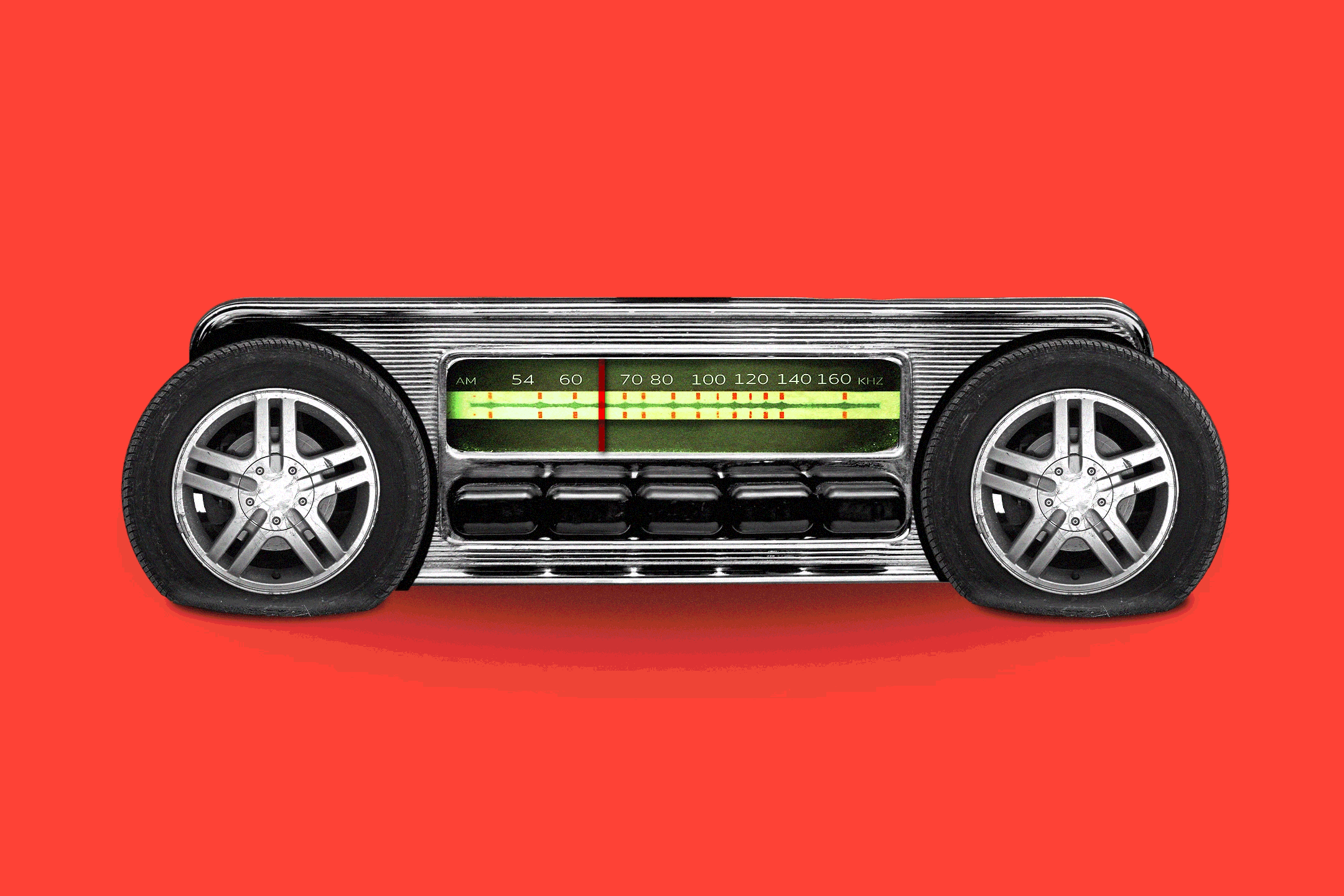Talking Auto Gagged : Some Car Gimmicks Out, Others to Be Given a Try
- Share via
DETROIT — There won’t be any more talking cars coming from U.S. auto makers, and any electronic advances that are in store will be thoroughly checked with consumers before they are introduced, U.S. auto makers say.
The companies say they learned a big lesson from the vehement buyer dislike of the computer-chip driven voices that informed drivers that “the door is ajar” or “you are running low on gas.”
“People didn’t want to be reminded. They found it an annoyance rather than a convenience,” said Thomas Stallkamp, chairman of Chrysler Corp.’s Acustar components unit.
“Next time, we’ll have to be sure that they want it.”
U.S. auto makers are developing a number of electronic features that are bound to show up on the automobiles introduced in the 1990s.
The features range from sophisticated sound systems, including those utilizing compact discs and digital audio tape, to heads-up display of speedometer and tachometer readings on the windshield and computer terminals that will display a map showing the exact location of a driver’s car on a city street.
But development of those features, which might have gone full speed ahead in prior years, is being tempered by consumer preferences, as well as technical problems in moving the advances along.
For example, Stallkamp said European auto makers have developed radios for their autos that are much smaller than the car stereos on U.S. models. These sound systems take up far less space on a dashboard and have a number of sophisticated features.
But Chrysler found that American drivers, for the most part, want bigger and showier radios, Stallkamp said. They do not want to hunt around the face of their car stereo in search of the selector button or the “fast forward” button for their cassette player.
Another advance that auto makers would like to introduce is DAT systems, which use smaller cassettes and are popular in Japan and Europe. Audio-systems makers, however, have successfully blocked their widespread use in the United States.
“If we put them in before they get popular in the consumer market, we’ll make everybody’s cassette player obsolete,” Stallkamp said.
Heads-up display systems, long in use in jet fighter planes, have been a feature of many auto makers’ concept cars displayed at auto shows for the past several years and are starting to show up on production models.
But the system seems to have a limited appeal to drivers long used to glancing at the dashboard for readings on speed and rpms.
Stallkamp said Chrysler also has found that as cars become more aerodynamic, with designs that feature sloping and rounded glass dashboards, heads-up display does not work as well.
“As windshields get more sloped, it’s easier to project, but any kind of reflection of light makes it harder to see,” he said.
Another area that excites auto makers is satellite mapping systems. With these systems, a computer screen tells the driver exactly where on a map the car is located, with the help of a satellite that tracks the automobile’s course.
There are only two problems: not enough satellites and inaccurate maps.
Stallkamp said the shuttle Challenger accident in 1986 delayed the launching of satellites that were to be used in part to track cars. Only three satellites that could be used for this purpose are in space, instead of the seven that were supposed to be up by now.
Even if the satellites were available, accurate maps are not. Cartographers for decades have been slightly off target in mapping U.S. cities. The satellites are so accurate in placing automobiles that the position of the car on the screen might have no relation to the actual road in use.
Chrysler paid $100,000 to draft correct maps of the Detroit area and Huntsville, Ala., site of its high-technology electronics complex, so that the system could be tested. Stallkamp said, however, that for the system to become widespread, the U.S. government would have to be involved.
He said the Japanese government is spending millions of dollars to remap Japan so that auto makers can eventually install the systems in their cars.
But there is no evidence, despite the extensive development, that car buyers are eager to have such systems on their cars. Stallkamp said the expense, plus the lack of demand, illustrates why auto makers are not acting hastily in expanding such high-tech features.
“They have to demonstrate consumer value rather than be just a gimmick,” Stallkamp said.






